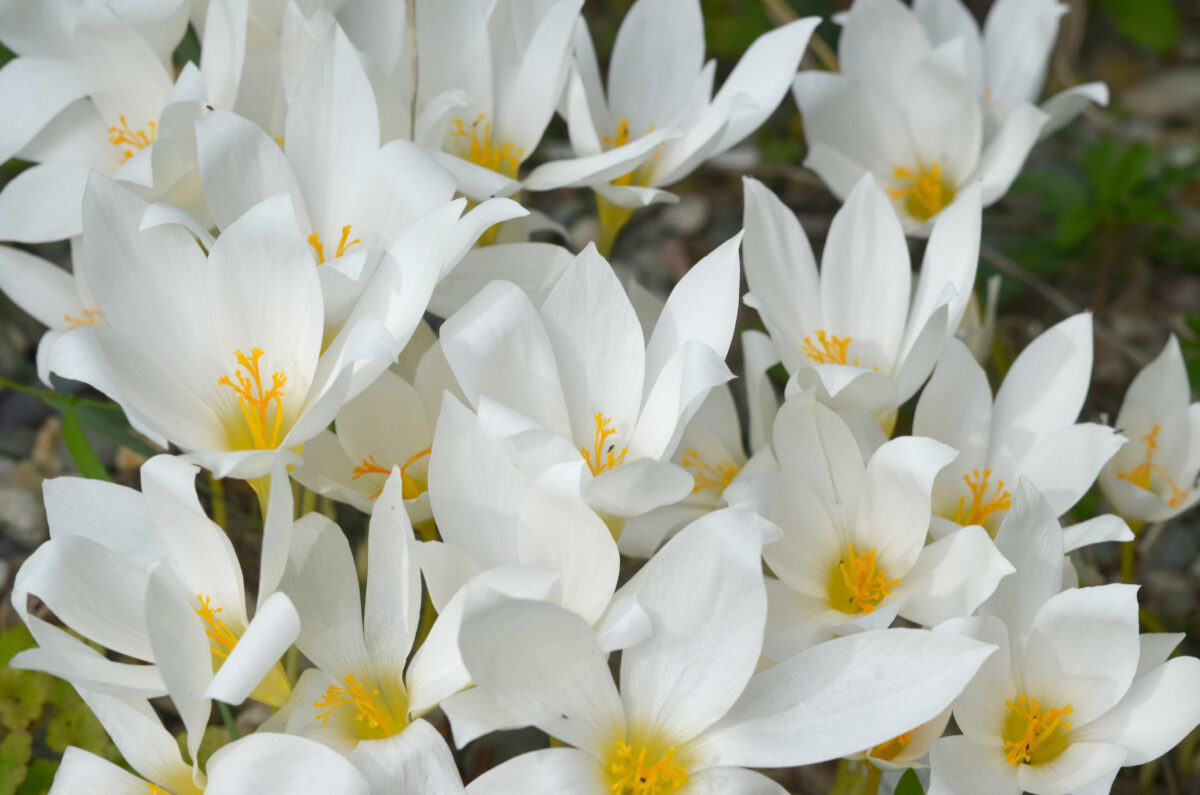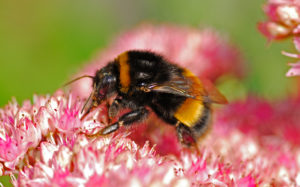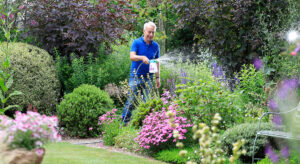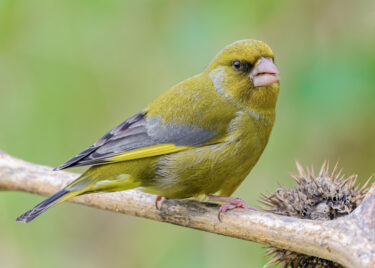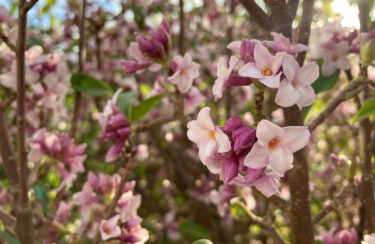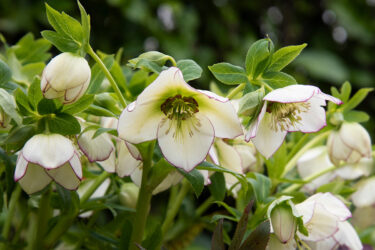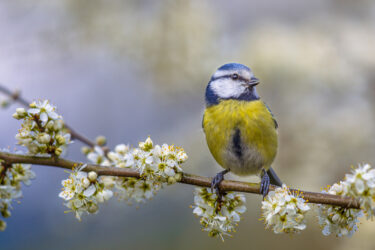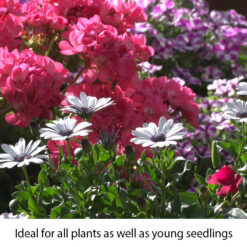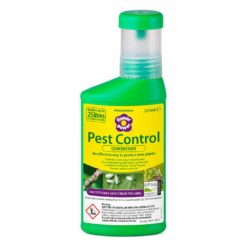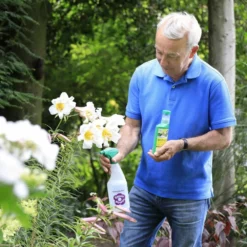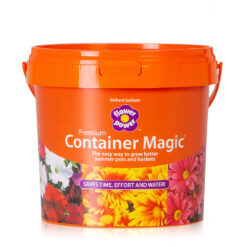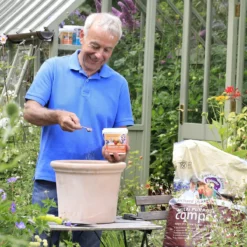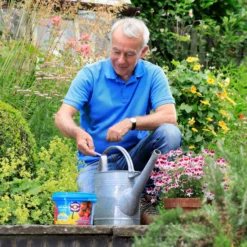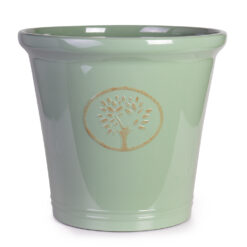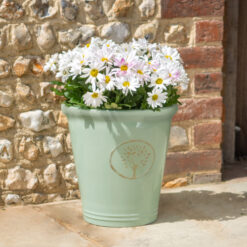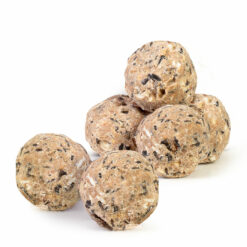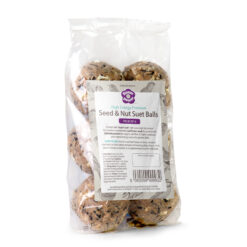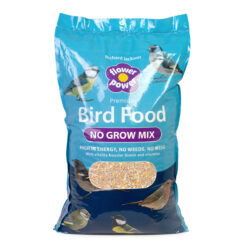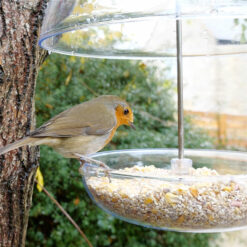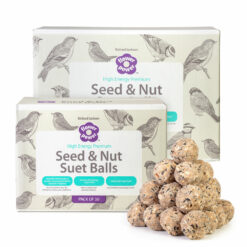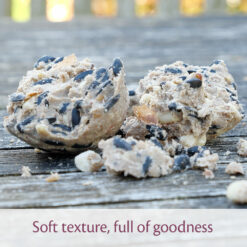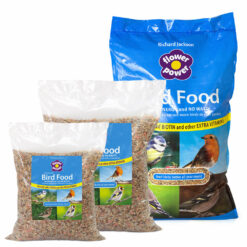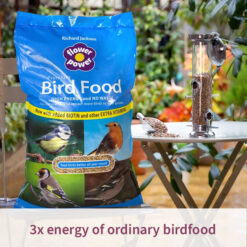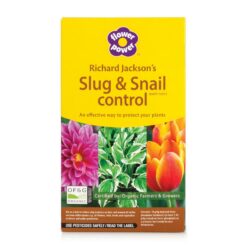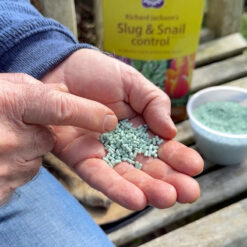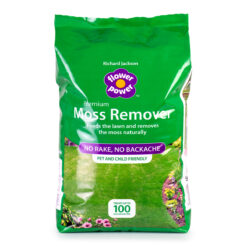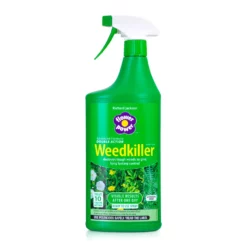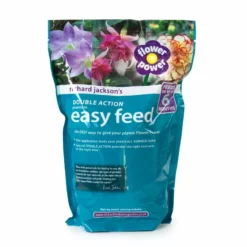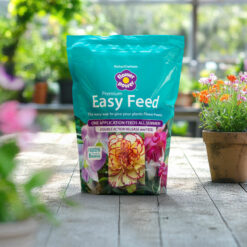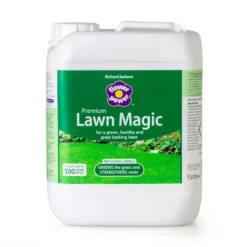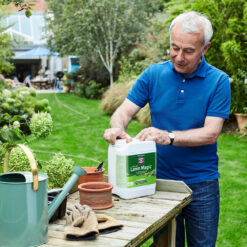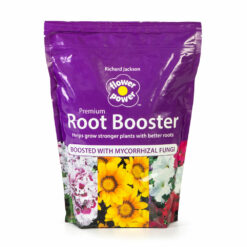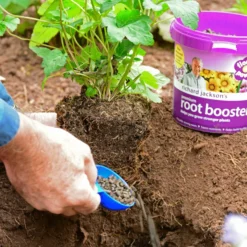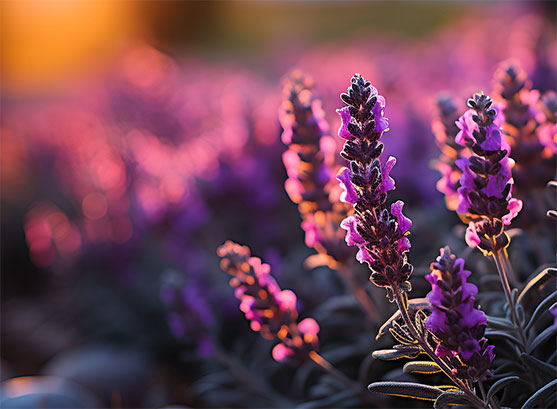Crocuses are gems of late winter and early spring, bringing a cheery splash of colour to brighten up our gardens during an otherwise gloomy time of year. They’re also much loved by bees, especially bumblebees. Their pollen- and nectar-rich flowers provide an essential food source for insects that rise early in the year, and they’ve been awarded the Royal Horticultural Society (RHS) Plants For Pollinators seal of approval. But it’s not all about spring, as there are a few crocus species that provide a warm welcome to autumn too.
The lovely funnel- or goblet-shaped flowers are produced on short stems, generally 10-15cm high, and have the fascinating characteristic of opening during the day and closing at night, when pollinators are no longer on the wing.
There’s a great range of colours available, and the flowers sometimes have colour contrasts between the outer and inner petals, and some have delightful markings. The leaves, produced either with or after the flowers, usually have a contrasting silvery central stripe.
Crocuses are very versatile. They can be grown in the front of beds or borders, naturalised in lawns and wildflower meadows, grown under trees and shrubs as well as planted in containers. Crocuses in pots creates great opportunity to enjoy the flowers close up and enjoy the scent of those that have fragrant flowers.
The corms (bulb-like structures) are planted in autumn, but garden centres, nurseries and online suppliers also sell pre-potted corms in winter for immediate planting. So you can enjoy them now! For autumn planting; the corms are best planted in swathes of the same variety, planted 7.5-10cm deep in sunny or partially shady positions in well-drained soil.
Here’s just five great varieties to add to your garden. Some have been awarded the RHS Award of Garden Merit – a sign that they have been tried and tested and come out as winners in RHS trials.
Crocus ‘Pickwick’
This Dutch crocus, which have some of the largest flowers of all crocuses, bears flowers with spectacular colouring. With purple petal bases and veining running along the length of its petals, this is set off beautifully by the greyish-white background. These have slight fringes at their edges, giving them a lightly ruffled look and surround golden yellow stamens in the centre. Dutch crocuses do best in a sunny position.
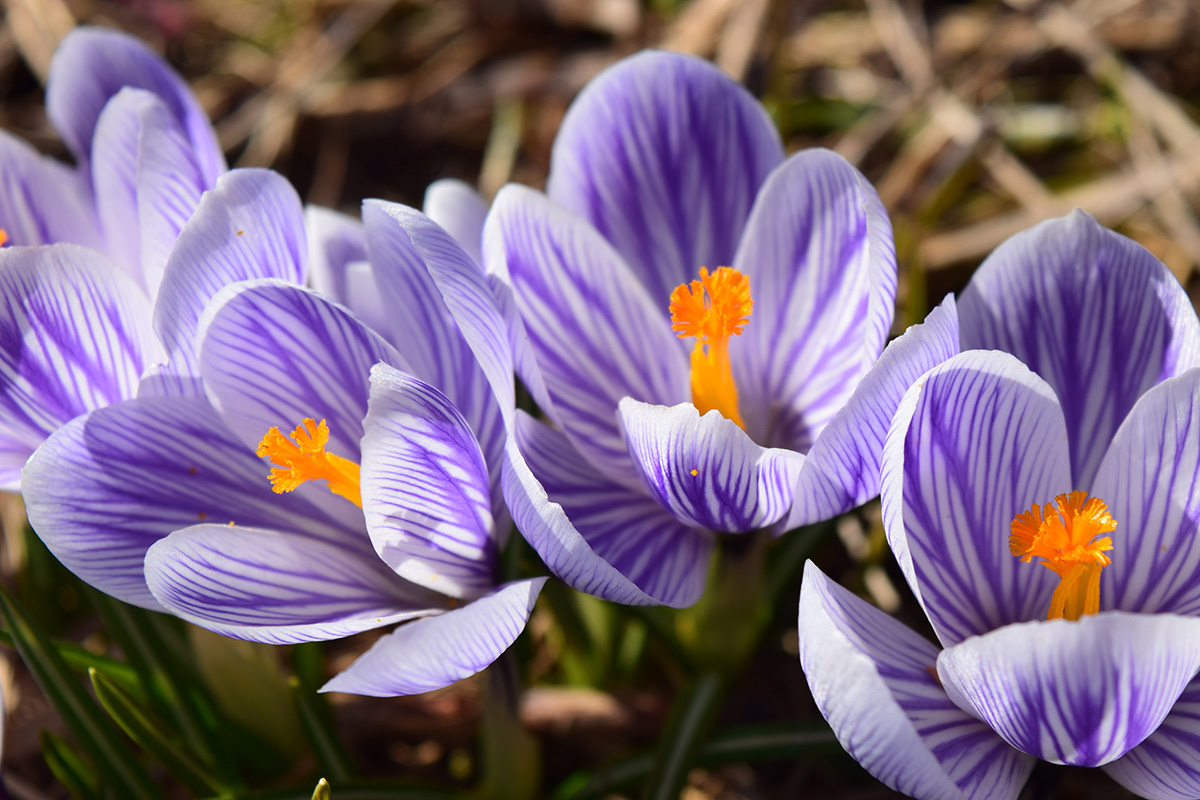
Crocus tommasinianus ‘Whitewell Purple’
This is one of the tommasinianus varieties, lovingly referred to by crocus devotees as “tommies”. It bears slender, silvery-mauve or purple flowers with paler bases surrounding orange stamens. Delicate looking, the flowers stand up well to rain and wind. Tommies are more tolerant of shade than Dutch crocus, making them perfect for growing around trees and naturalising in lawns and woodlands. It freely self-seeds.

Crocus luteus ‘Golden Yellow’ AGM
A strong-growing crocus, this produces, as its name suggests, large, bright golden buttercup-yellow petals that are slightly paler on the outside and have a contrasting purplish stripe along the centre. It is a strong grower, making it an ideal choice for naturalising in lawns and wildflower meadows. Each corm can produce up to five flowers, producing a dramatic show each year.
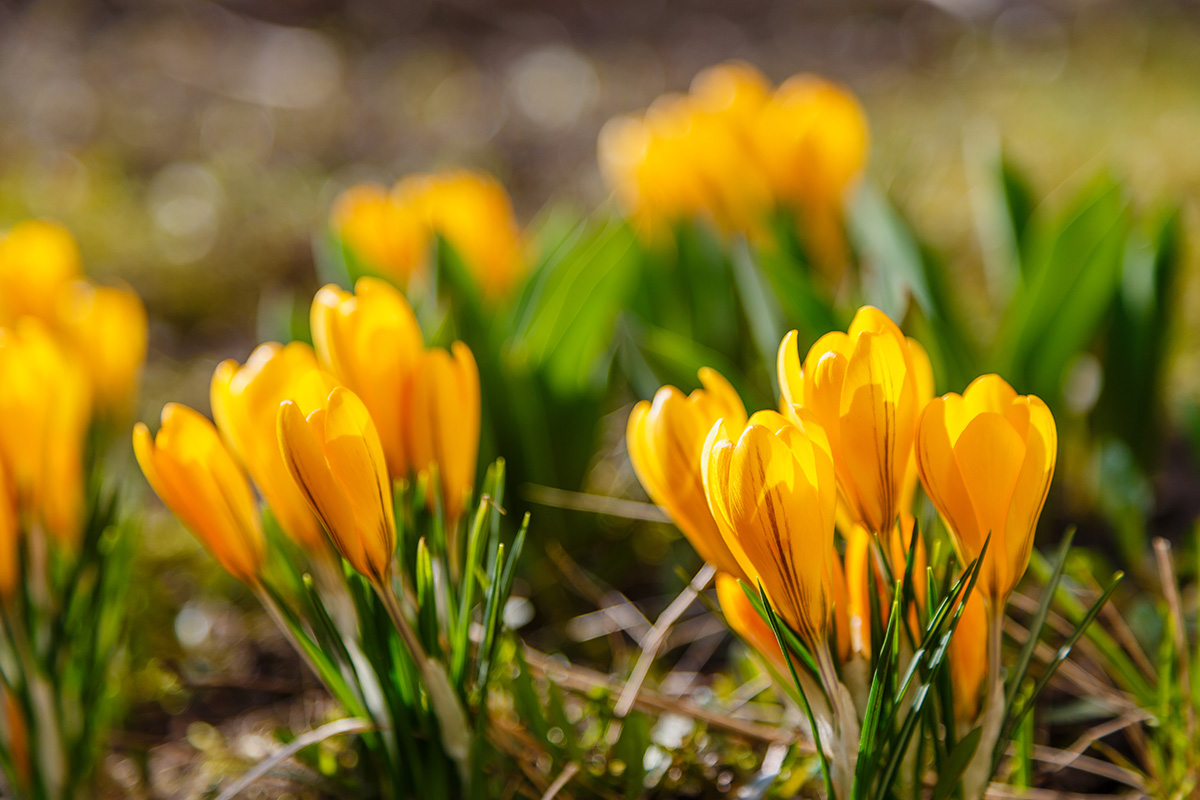
Crocus ‘Advance’
This is the perfect choice for those who love getting bang for their buck when it comes to colour combos! It bears highly attractive, scented, goblet-shaped flowers bearing petals that are golden creamy-yellow inside, pale yellow suffused with pale purple-bronze on the outside, surrounding a central splash of orange. It is slightly shorter than most, reaching 8cm high. It is perfect for naturalising in grass or elsewhere in sunny sites.

Crocus speciosus ‘Albus’ AGM
Unlike the other four, this is an autumn-flowering crocus. The delightful, large, pure white, goblet-shaped flowers have a superb, contrasting, prominent orange centre, produced from September to November. It is a great choice for naturalising in a sunny border, such as among and underneath deciduous shrubs. One of the earliest autumn crocus to flower, it quickly bulks up into large colonies.
